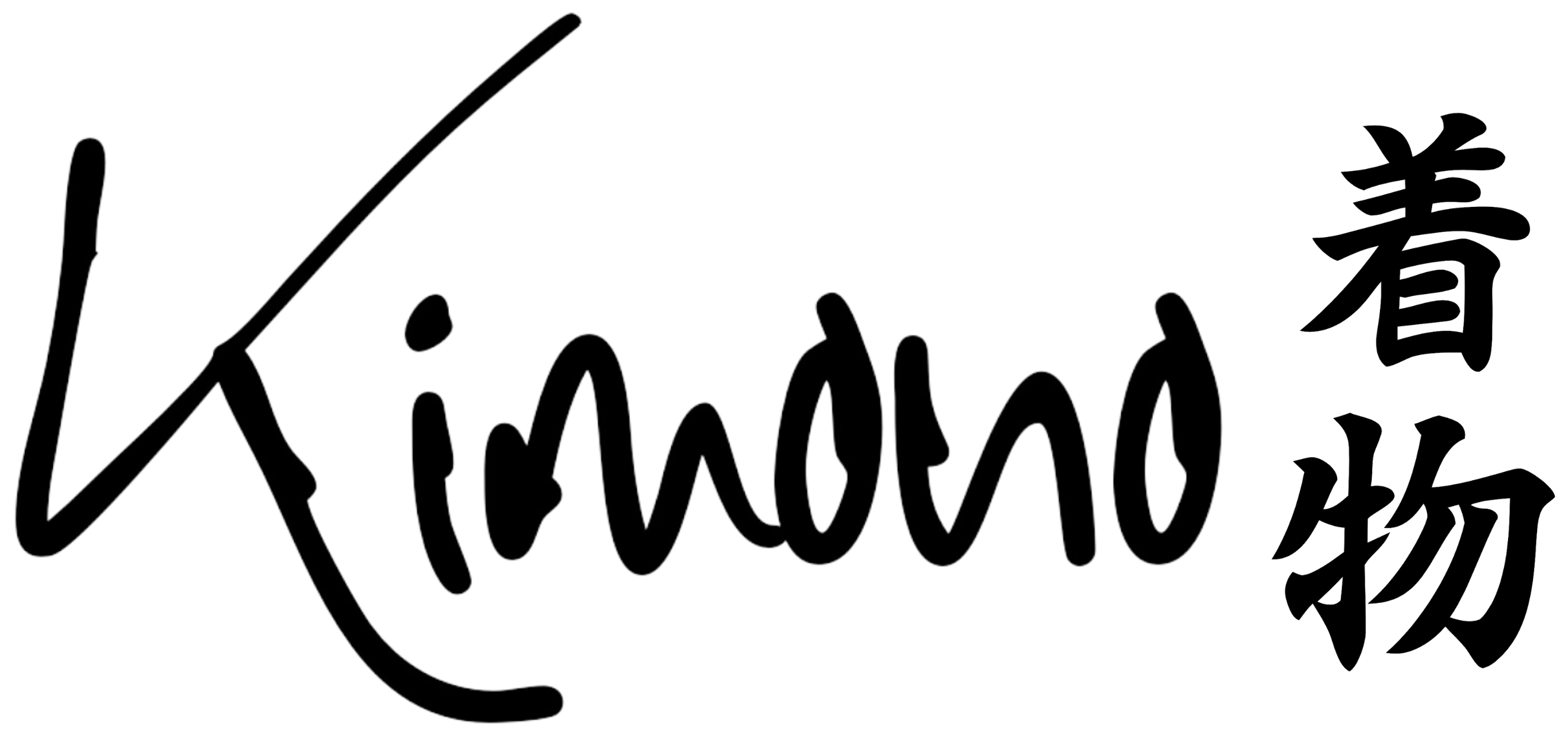Qipao
Originally called Qipao (旗袍, lit."Bannerman robe") in Manchuria and later Cheongsam (长衫, lit. Long Garment) in Shangai, the Qi-pao is a classic Chinese Mandarin gown originating from the Manchuria and that became the national dress of the republic of China in the 1920s. This type of Chinese dress is characterized by its close-fitting design, which is often crafted from a single piece of fabric in a trapezoidal cut. The dress features a standing collar and an asymmetrical left-over-right opening, accompanied by two side slits. The origins of both the qipao and cheongsam can be traced back to the Qizhuang, also known as the banner dress, worn by women residing in the north-east region of China during the 17th century.
+
History
During the Qing dynasty, the term "qiren" referred to the Manchus, known as the "people of the banners." The qipao, derived from "qi" and "pao" meaning long and loose robe respectively, originally represented the attire exclusively worn by Manchu women as a requirement at the imperial court. It was a knee-length garment that concealed the body's contours and suited individuals of all ages and body types.
In the early 20th century, Shanghai played a significant role in transforming the qipao into its new form, which embraced a closer fit to the body. This modern adaptation allowed for easy pairing with Western-style coats, jackets, and sweaters. As the Republic of China began in 1912, the qipao symbolized luxury, modernity, and dynamism. The 1920s and 1930s witnessed the rapid expansion of the qipao's popularity, transcending social classes from the affluent and high-ranking to students and others.
In 1929, the Republic of China designated Qipao as the national dress where it was pronounced "chee-pow" in Chinese. It gained widespread popularity in the 1930s, particularly in Shanghai, the fashion hub of China. At that time, traditional Qipao dresses were crafted from silk and adorned with embroidered pearls and other embellishments. However, variations of Qipao also emerged, featuring lace, brocade, velvet, cotton, and other unique fabrics.
Differences between Qipao and Cheongsam
The terms "Qipao" and "Cheongsam" may refer to the same type of garment in English, but they have distinct connotations in Chinese:
In Cantonese and Shanghainese, "Cheongsam" is derived from the Cantonese word "chèuhngsāam" (長衫; 'long shirt/dress') and the Shanghainese term "zansae," both describing the female Chinese dress.
In Mandarin, however, "Cheongsam" originates from the term "chángshān" (長衫), which traditionally denotes a garment exclusively worn by men. As a result, Mandarin speakers coined the term "Qipao" specifically for the female Chinese dress.
To summarize, the primary distinction between "Cheongsam" and "Qipao" lies in Mandarin, where "Cheongsam" pertains to male garments, while "Qipao" is exclusively used for female Chinese dresses. Nonetheless, in other languages like Cantonese and Shanghainese, both "Qipao" and "Cheongsam" carry the same meaning.
Is Wearing a Qipao/Cheongsam a cultural appropriation?
Wearing a qipao/cheongsam is not considered cultural appropriation as long as it is done with respect and following the customs and cultural significance associated with the garment. Cultural appreciation and exchange can be positive and promote understanding among different cultures. It is important to approach the wearing of a qipao or any other Chinese traditional attire like the Hanfu or the Tangzhuang with sensitivity, understanding, and an appreciation for the cultural context from which it originates. Respecting and honoring the traditions and history behind the qipao is key to engaging in cultural appreciation rather than appropriation.
Types of Qipao/cheongsam
- Silk qipao
- Brocade qipao
- Cotton qipao
- Linen qipao
- Hemp qipao
- Lace qipao
- Tulle qipao
- Velvet qipao
How to wear a Qipao/Cheongsam
-
Start by selecting a well-fitted qipao that suits your body shape and size. Consider the length and style that you prefer, such as a traditional ankle-length qipao or a modern shorter version.
-
Step into the qipao carefully, ensuring that the back zipper or buttons are properly aligned.
-
Gently pull up the qipao to your waistline, making sure it sits comfortably and the fabric is smooth.
-
Adjust the collar and neckline to sit properly around your neck and shoulders. Make sure it is neither too tight nor too loose.
-
Cross the right side of the qipao over the left side, aligning the closures along the side of the dress. Fasten the buttons or zip up the zipper, securing the qipao in place.
-
Check that the qipao fits well across your chest and waist, allowing for easy movement and a flattering silhouette. Adjust as needed.
-
Pay attention to the sleeves of the qipao. They can be short, cap sleeves, or longer, depending on the design. Ensure they are positioned comfortably around your arms.
-
Straighten the qipao's hemline, ensuring it falls evenly around your legs. It should be long enough to touch the ground or end at the desired length.
-
Complete your qipao look with appropriate accessories, such as a pair of stylish heels, subtle jewelry, and a complementary hairstyle.
-
Walk with confidence, embracing the elegance and beauty of the qipao/cheongsam style. Enjoy wearing this traditional Chinese garment with pride and respect for its cultural significance.
This collection is empty
Continue shoppingFree Shipping Worldwide
Enjoy all your favorite products without extra fees.
Free 30 days returns
Returns available up to 30 days after receiving your order!
Customer service
Support team available for all your inquiries from Monday to Friday, 8AM to 5PM.
Secure payment
100% safe payments with SSL encryption.
